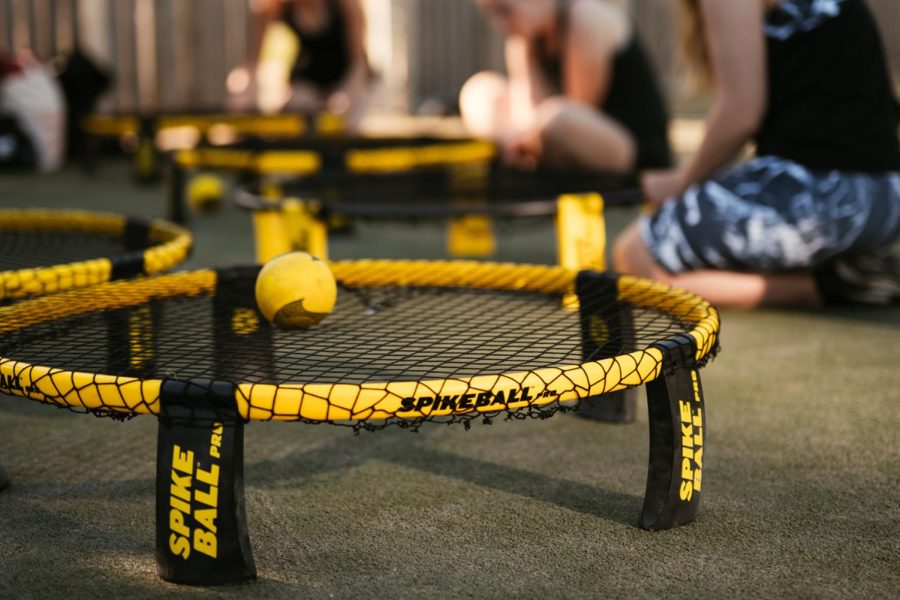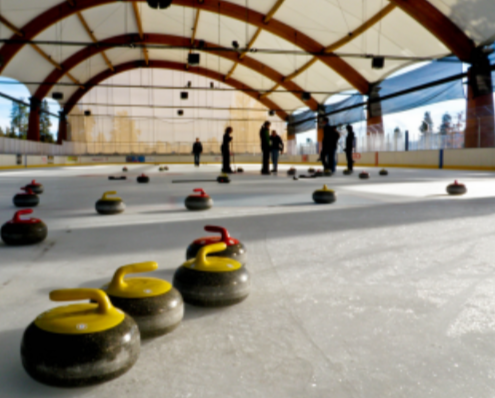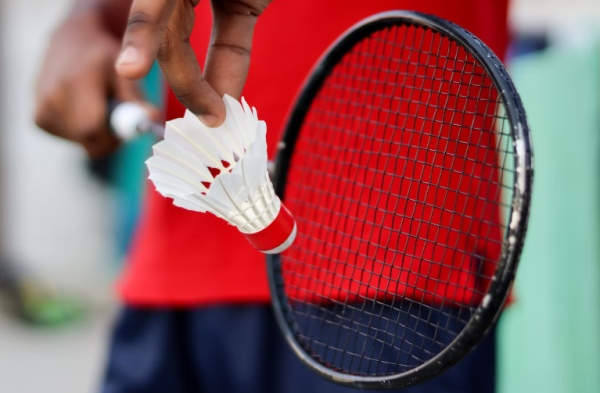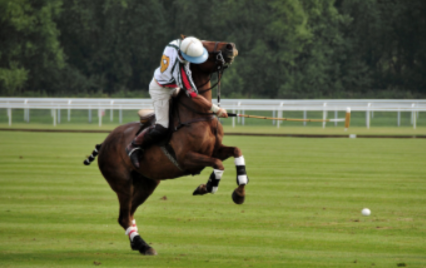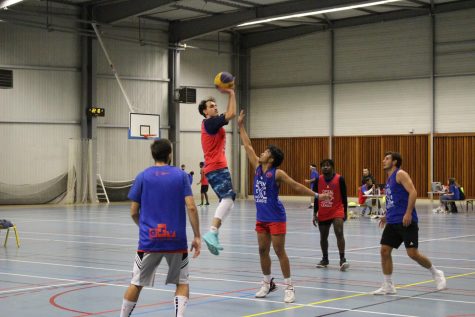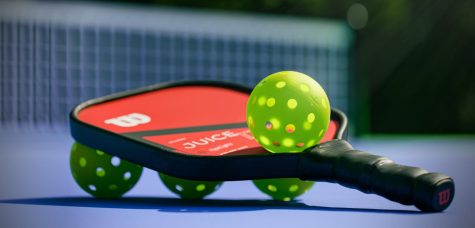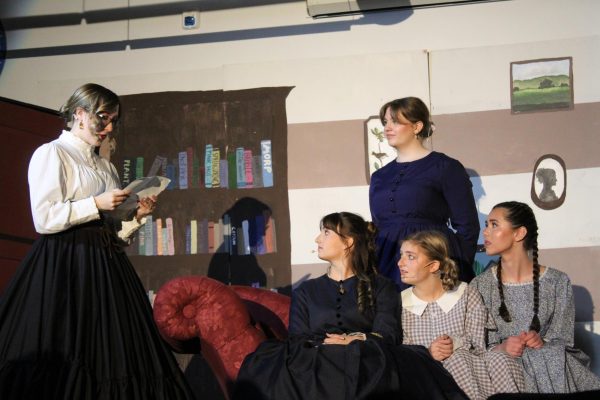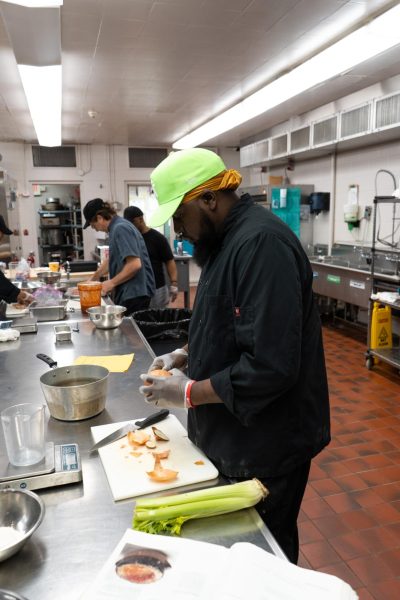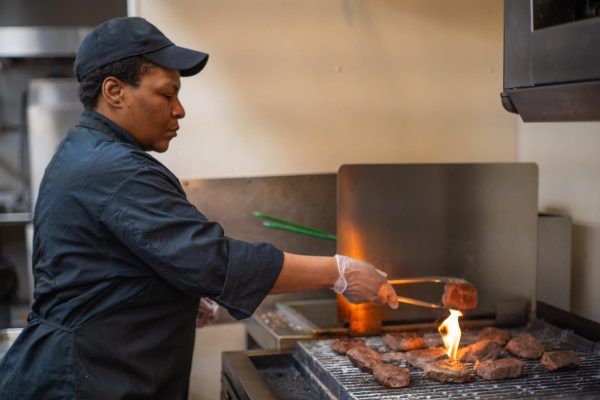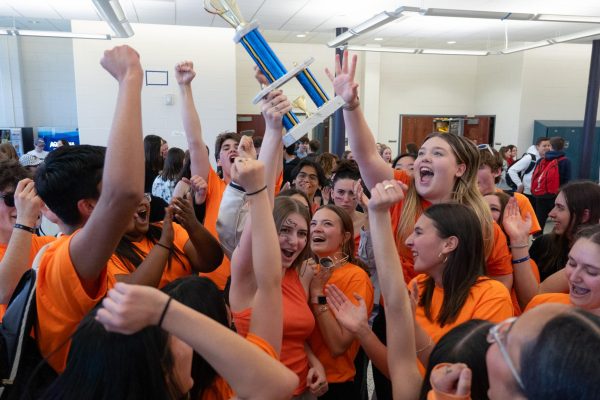Peculiar Pastimes: Spikeball
UNSPLASH PHOTO COURTESY OF Spikeball
CHS favorite lunch sport Spikeball has now gained lots of popularity that for some has even turned from a plain hobby to a competitive sport. https://unsplash.com/license
November 23, 2022
If volleyball and four square had a baby, it would be Spikeball. Spikeball Inc. reported to have over four million players as of 2018 and over 150 tournaments every year.
“My brother was really into playing, and I never thought it was that interesting, but he roped me into it because he needed a partner,” junior Claire Cooperman of Neptune said. “But it’s a really fun game, I’m happy that he did.”
The game was originally invented in the 1980s by American toy-maker Jeff Knurek, but had little popularity in the late 80s and early 90s. In 2008, the CEO of Spikeball Inc, Chris Ruder, launched the product in his Chicago basement. By 2013, Ruder had made $1 million in revenue. Spikeball gained most of its followers from college
students in the Chicago area, but it soon spread nationwide.
Spikeball has skyrocketed in popularity since the company’s launch in 2008. It has appeared on Shark Tank, The Today Show and Dude Perfect, one of the most popular sports entertainment groups in the world.
The 1980’s Knurek version of Spikeball was never patented, so the game has many different variations. In order to keep the business’ trademark, Spikeball is technically called “roundnet,” even though it is most commonly referred to as Spikeball.
The game comes in many different forms, but rules are the same throughout. The matches are played two on two, where players must start six inches away from the net. After the ball is served, players can move anywhere. A player starts a point by hitting the ball against the net so it ricochets towards their opponents, known as serving. The opposing team has up to three touches to hit the ball back against the net. When a team is unable to return the ball onto the net within three touches, the opposing team gets a point. Games are typically played to 11, 15 or 21 points, and teammates must alternate rally touches.
CHS graduate and current Rutgers University student Ezra Shim of Spring Lake Heights is an avid Spikeball player.
“Playing with other, better people got me really into it. I joined a club here at Rutgers and I am playing on the competitive team,” Shim said. Shim’s experience shows how Spikeball can go from a hobby to a passion.
Both Cooperman and Shim expressed that “anyone can play Spikeball.” Shim particularly admires the collaboration it fosters. “I think it’s good for team building if anyone was looking to build relationships,” Shim said.
For CHS students looking to make new friends, maybe ask one of the fitness teachers to borrow one of the spikeball nets in the fitness center, grab a few friends and play a round of Spikeball.



